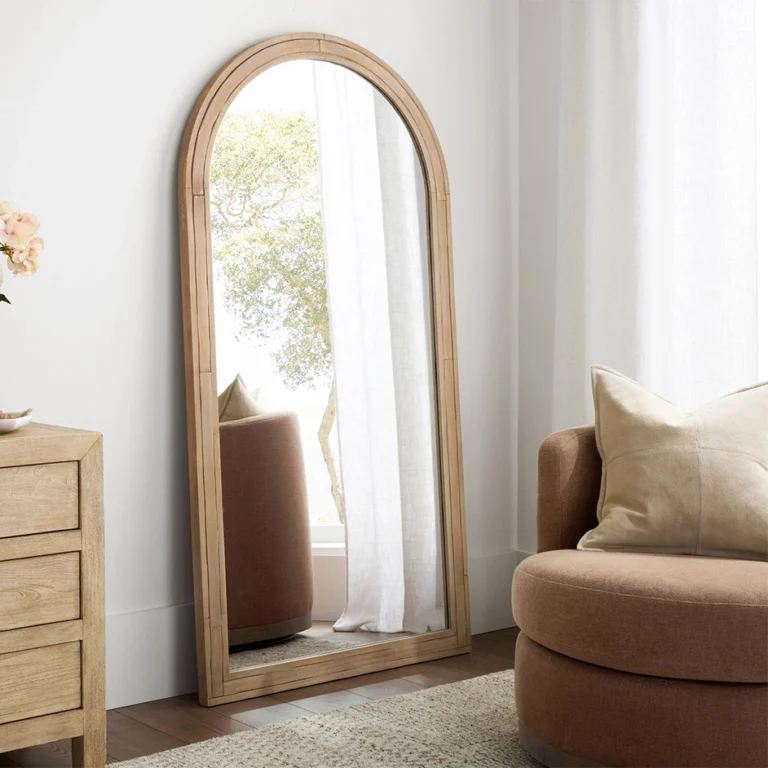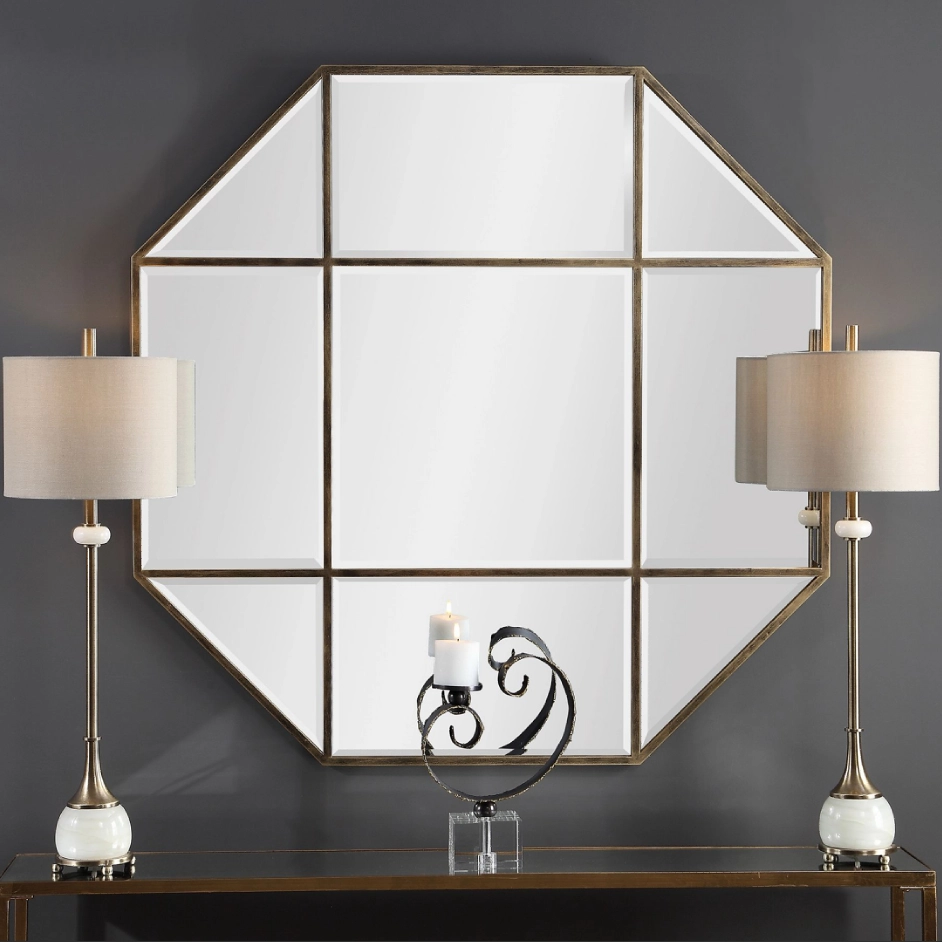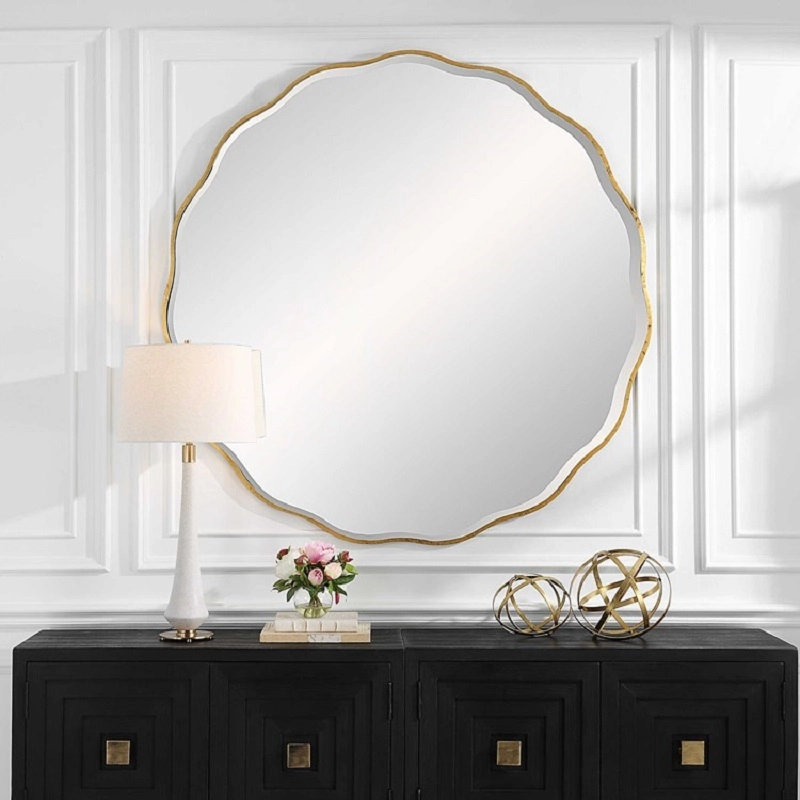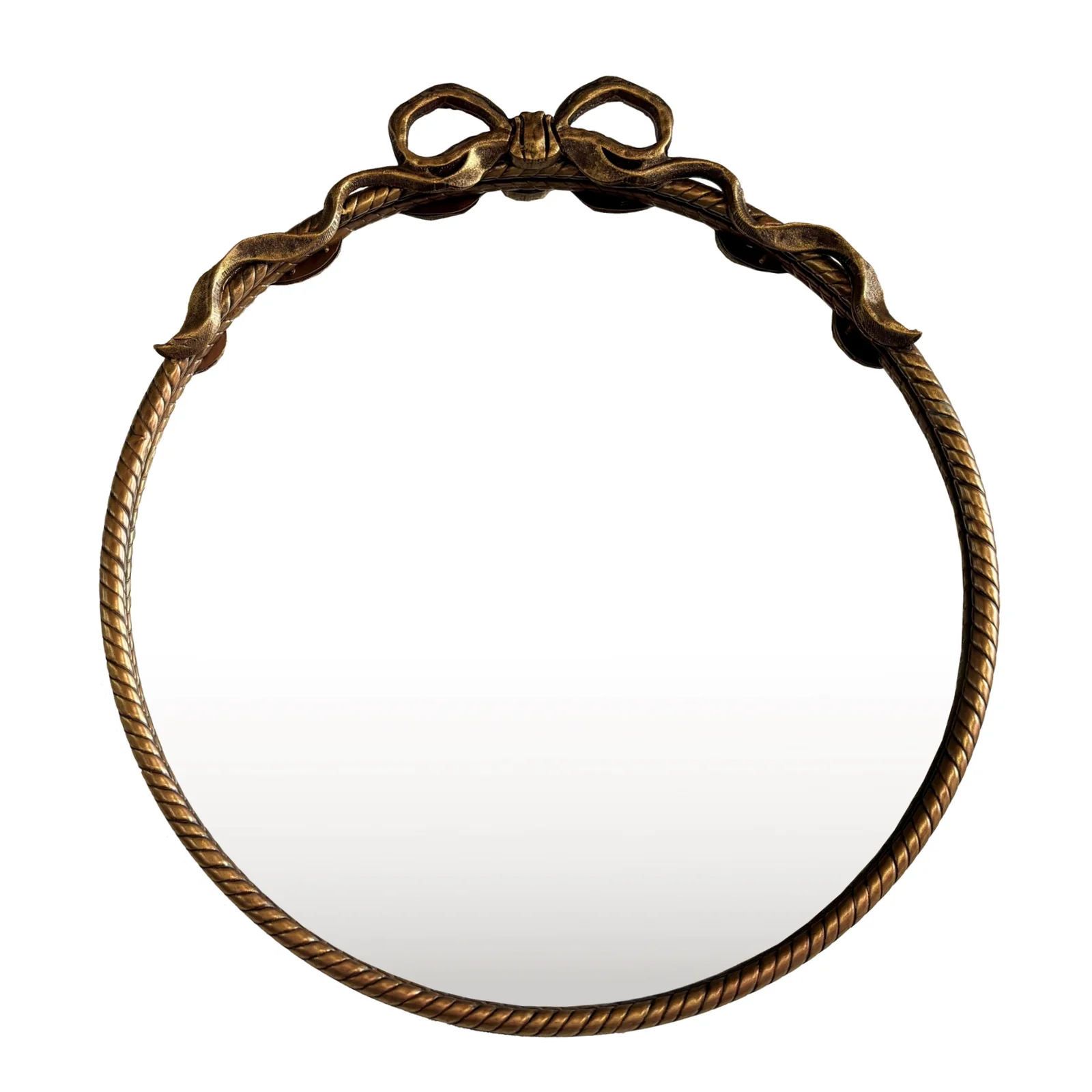tri-fold mirror for makeup artists
Of course! A tri-fold mirror is an indispensable tool for professional makeup artists. It’s not just a mirror; it’s a key piece of equipment that enhances the client experience and ensures a flawless application.
Here’s a comprehensive guide to choosing and using a tri-fold mirror for makeup artistry.
Why a Tri-Fold Mirror is Essential for Makeup Artists
-
360-Degree View: The side panels allow the client to see their profile and the back of their head (crucial for hairstyling), eliminating the need for them to turn awkwardly or hold a hand mirror.
-
True Lighting: A good mirror comes with built-in, color-accurate LEDs that simulate daylight, ensuring your makeup looks perfect both indoors and out. This prevents the common issue of “car mirror shock.”
-
Professional Presentation: It instantly elevates your setup, signaling to the client that you are a serious professional with the right tools.
-
Hands-Free Convenience: It allows you to work without the client constantly holding a mirror, freeing up their hands and keeping them still.
-
Client Collaboration: It makes the consultation and application process collaborative, as you can both see the same view and discuss looks in real-time.
Key Features to Look For (Buying Guide)
When investing in a professional tri-fold mirror, consider these critical factors:
1. Lighting: The Most Important Feature
-
Color Temperature (CRI): Look for Daylight/Natural White LEDs (around 5000-6000 Kelvin). Most importantly, check the CRI (Color Rendering Index). A CRI of 90+ is good, but 95+ is ideal for professional work. This ensures colors are rendered accurately.
-
Brightness (Lumens): The mirror should be bright enough to illuminate the face without causing glare or shadows. Dimmable settings are a huge plus for adjusting to different environments.
-
Evenness of Light: The LEDs should be evenly distributed across the frame to avoid hot spots or dark areas on the face.
2. Magnification
-
A combination of mirrors is standard:
-
1x Magnification (Life-sized): The main center panel for seeing the overall look.
-
5x-10x Magnification: One side panel should have a close-up magnifying mirror for detailed work like eyeliner, lash application, and brow grooming. 7x is a very popular and useful strength.
-
Some mirrors offer a two-sided magnifying panel (e.g., 5x on one side, 10x on the other).
-
3. Build Quality & Design
-
Sturdiness: The base must be wide and heavy enough to support the mirror without tipping over. A wobbly mirror is unusable and unsafe.
-
Adjustability: The best mirrors allow you to tilt the entire unit forward and backward to achieve the perfect angle for you and your client.
-
Portability: If you are a traveling artist, consider the weight and whether it comes with a protective case. Some models have folding arms or detachable bases.
-
Power Source: AC power is standard for bright, consistent light. Battery-powered options (or ones with a USB-C port) offer flexibility for locations without easy outlet access but may not be as bright.
4. Mirror Quality
-
The glass should be high-clarity, non-distorting, and free of flaws. The bezels (frames around the mirror) should be slim to maximize the reflective surface area.
Top Recommendations & Brands
Here are some highly-regarded brands and models in the professional makeup community:
-
Simplehuman: Known for exceptional sensor mirrors, their TriView Mirror is a premium choice. It features Tru-Lux LED lighting system (CRI 90+), 5x/10x magnification, and a very sleek, modern design. It’s a top-tier, investment piece.
-
Flesky Professional: A favorite among many working MUA’s for offering excellent value. Their tri-fold mirrors often feature high CRI (95+) lighting, dimmable settings, a tilting head, and both AC and battery power. They are a fantastic “pro-sumer” option.
-
Impression Vanity: Offers stylish and functional mirrors. Their Rose Clarity Tri-Fold Mirror is popular, with good lighting options and a classic, elegant look that photographs well.
-
Jerdon: A long-standing brand known for reliable lighted mirrors. Their tri-fold models are often more affordable and can be a great entry-level professional option.
Price Range:
-
Budget-Friendly: $80 – $150
-
Mid-Range/Pro-Sumer: $150 – $300
-
High-End/Investment: $300+
Pro Tips for Using Your Tri-Fold Mirror
-
Positioning: Place the mirror so the client is looking directly into the center panel. Angle the side panels to show their left and right profiles.
-
Communication: Use the mirror to guide your client. Say things like, “Take a look at the right side panel to see how I’ve sculpted the cheekbone.”
-
Lighting Check: Before starting, ask the client to look at their skin and makeup in the mirror under the LEDs. This builds immediate trust, as they can see the true color and coverage.
-
Traveling: If you travel, invest in a hard-shell case or well-padded bag to protect the glass and LEDs during transport.
DIY Alternative (For a Budget Setup)
If a professional tri-fold mirror is out of your initial budget, you can create a similar effect:
-
Use a sturdy single lighted mirror (with high CRI) as your main light source.
-
Place two high-quality hand mirrors on either side of your client, angled correctly.
This requires more setup and doesn’t look as seamless, but it can functionally replicate the 360-degree view.
Conclusion: A high-quality tri-fold mirror is not an expense; it’s an investment in your artistry, your efficiency, and your professional image. Prioritize accurate lighting (high CRI) and sturdiness above all else, and you’ll have a tool that serves you and your clients brilliantly for years to come.
Generally speaking, our order requirements are as follows: the minimum order quantity (MOQ) for large items is 50 pieces, for regular items it is 100 pieces, for small items it is 500 pieces, and for very small items (such as ceramic decorations) the MOQ is 1,000 pieces. Orders exceeding $100,000 will receive a 5% discount. The delivery timeline is determined based on the specific order quantity and production schedule. Typically, we are able to complete delivery within two months.

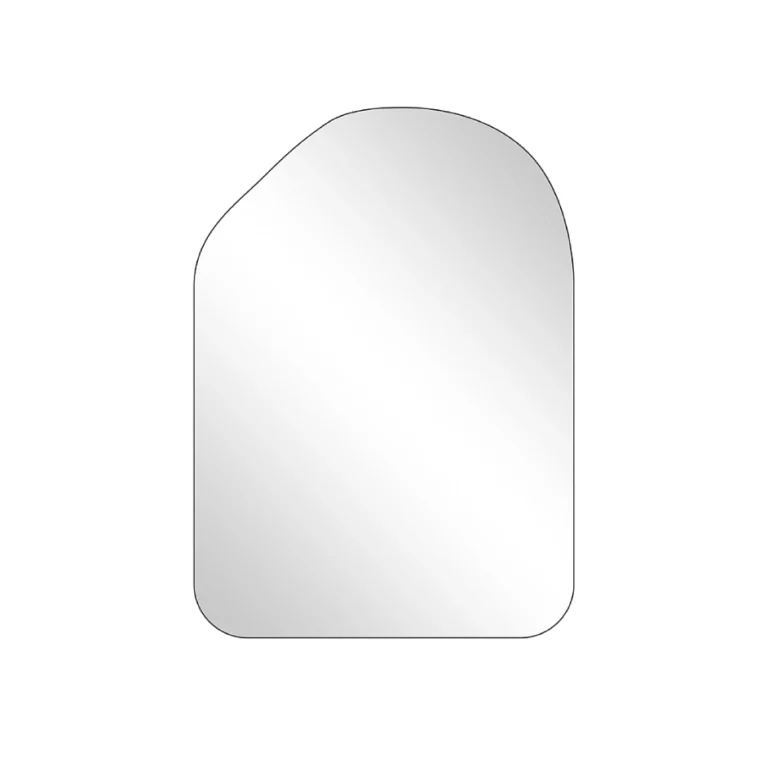
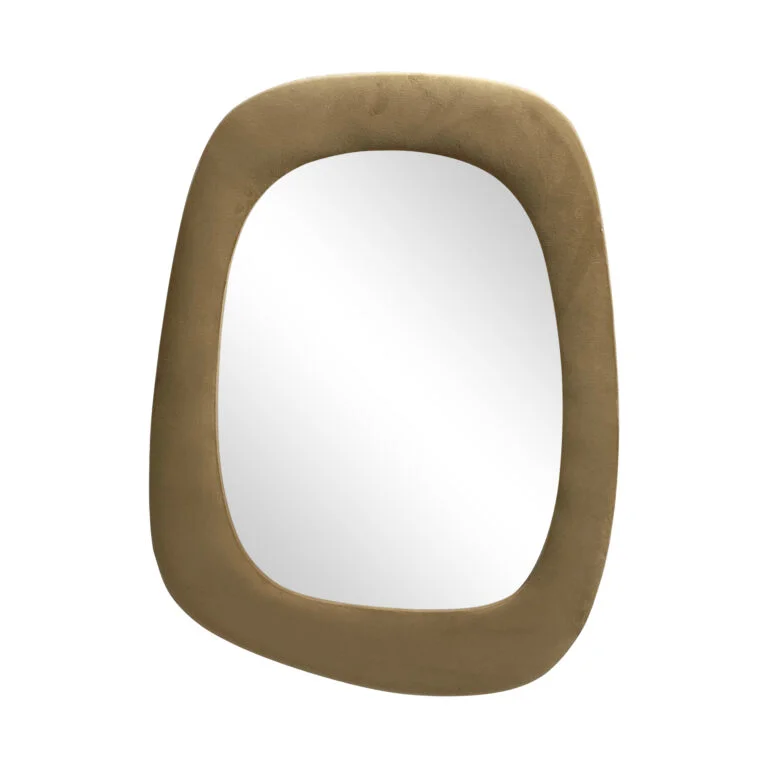

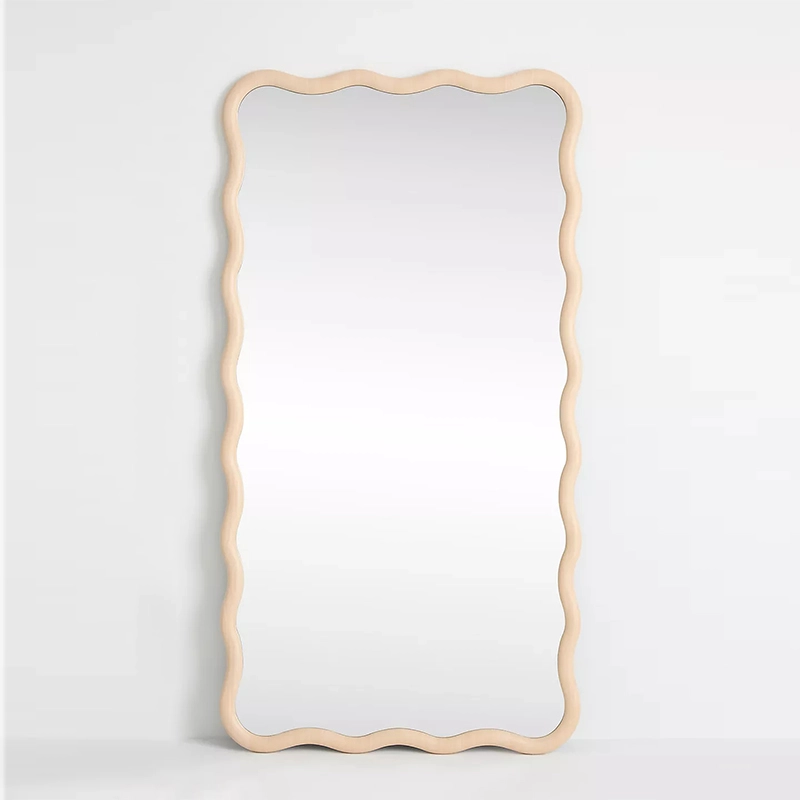
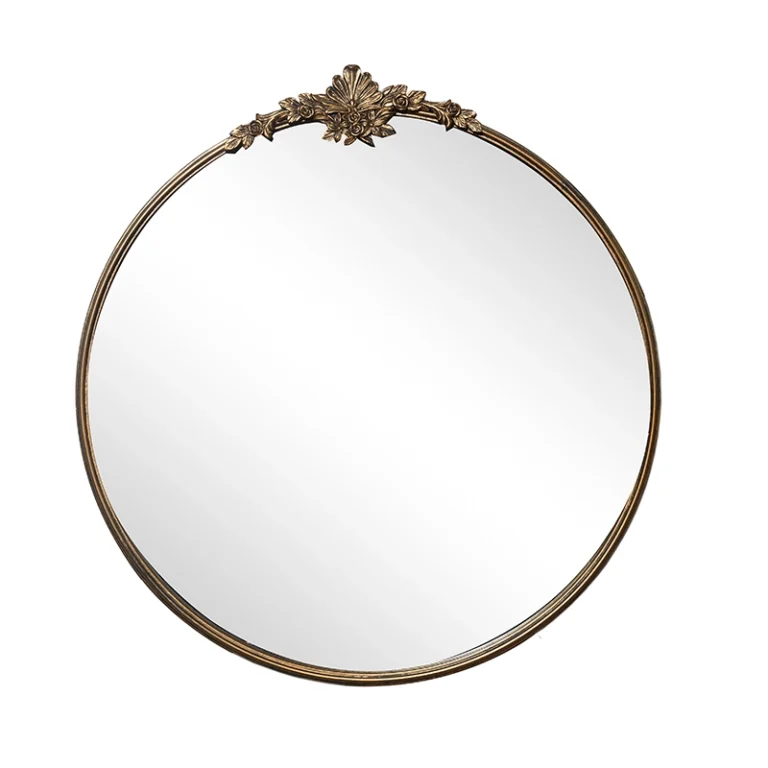
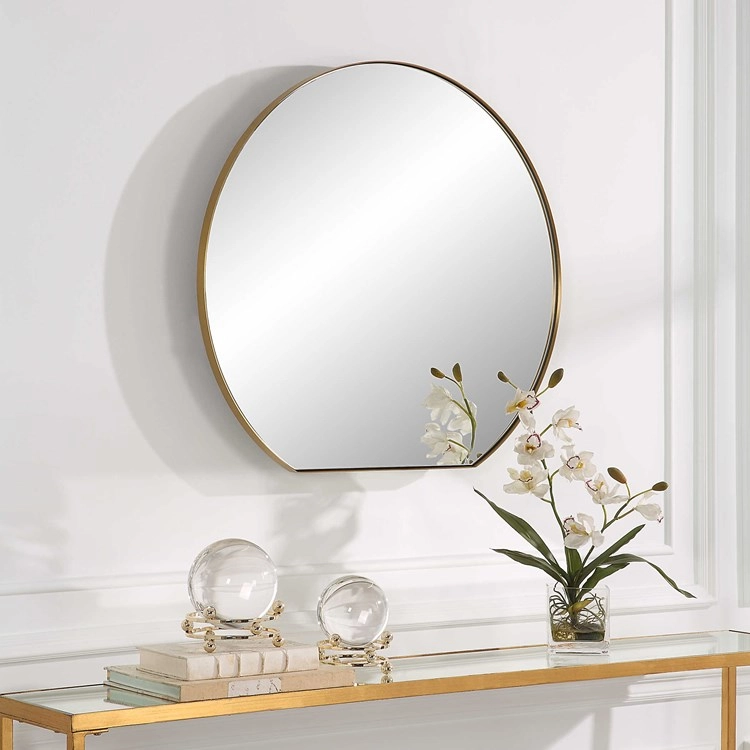
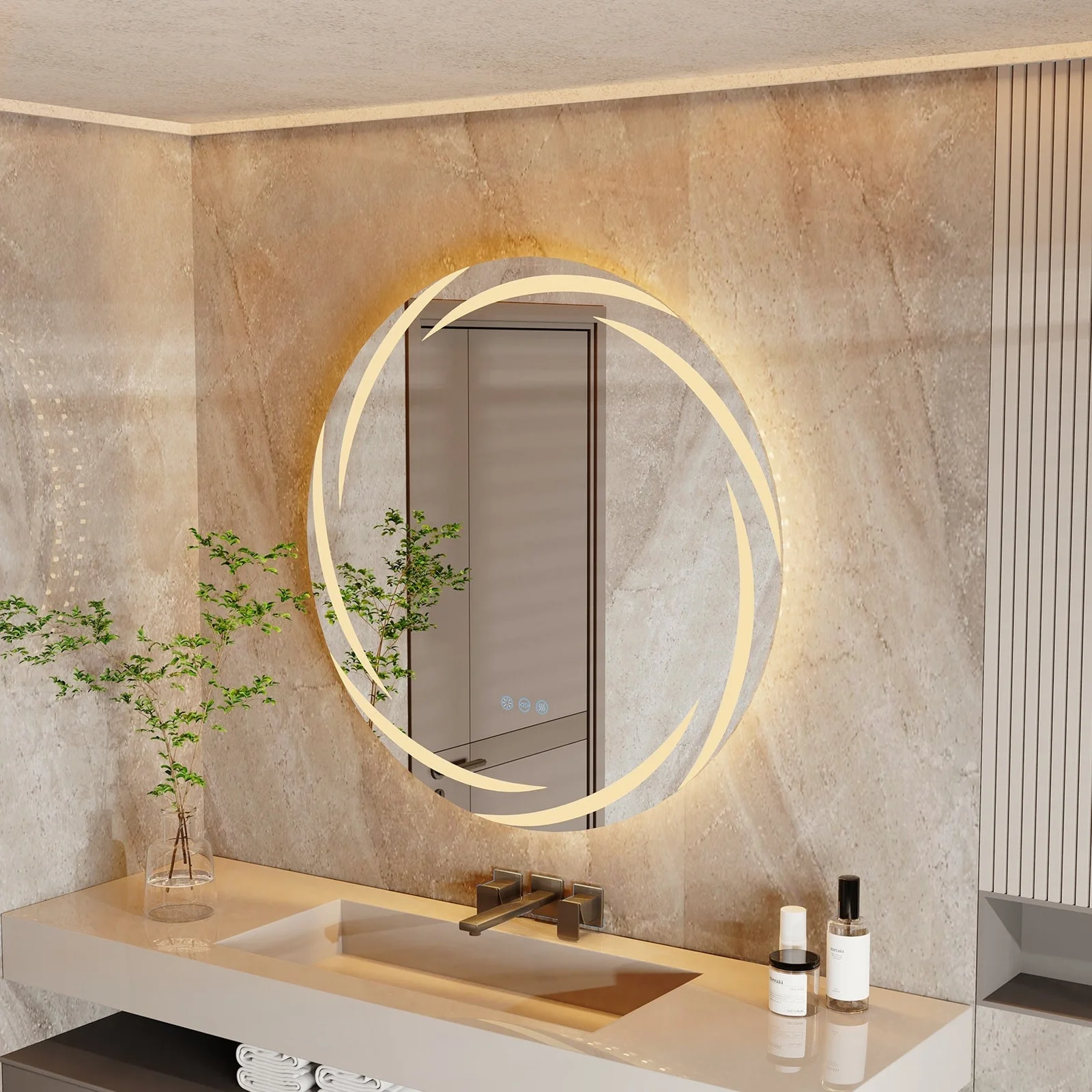
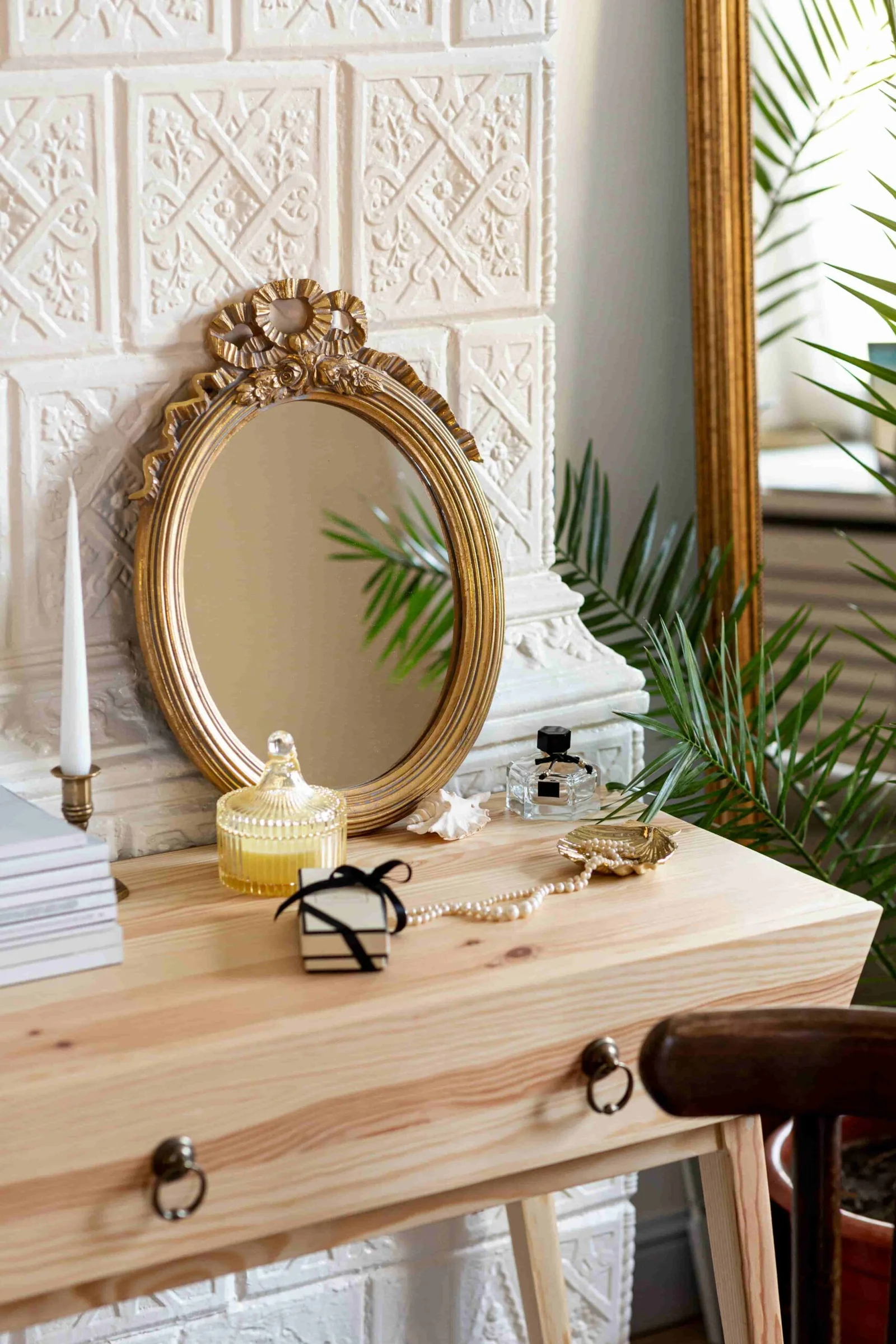
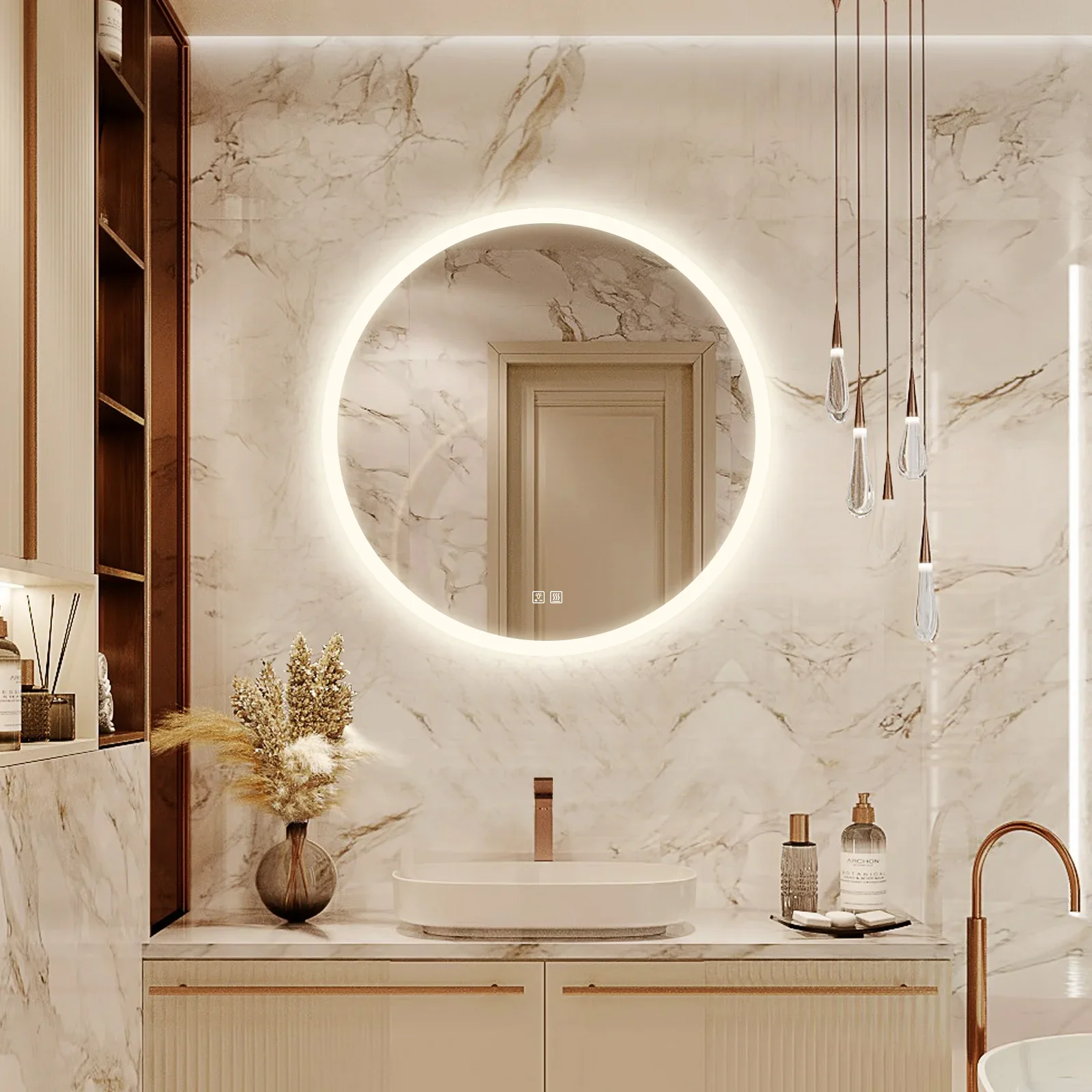
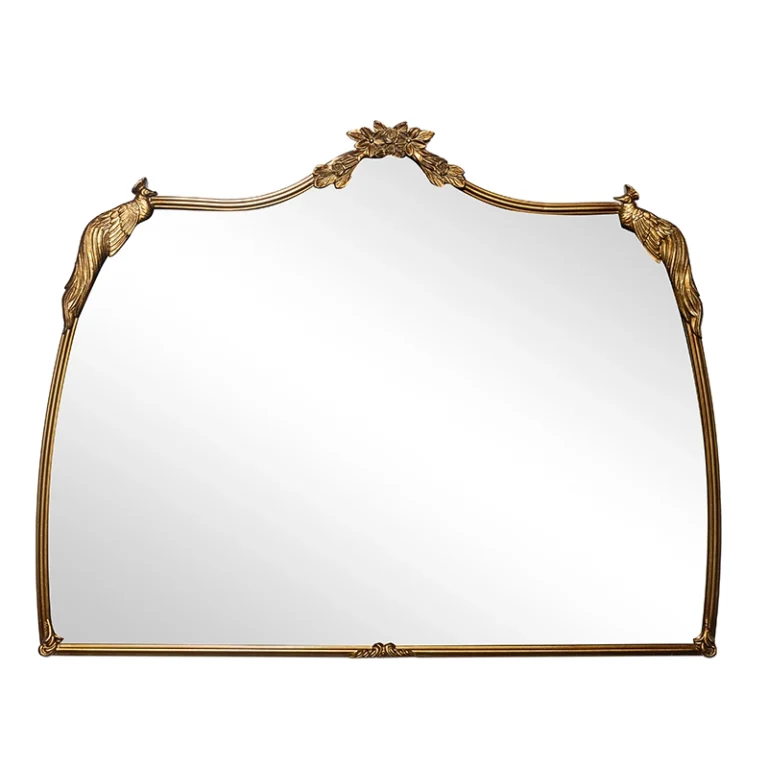
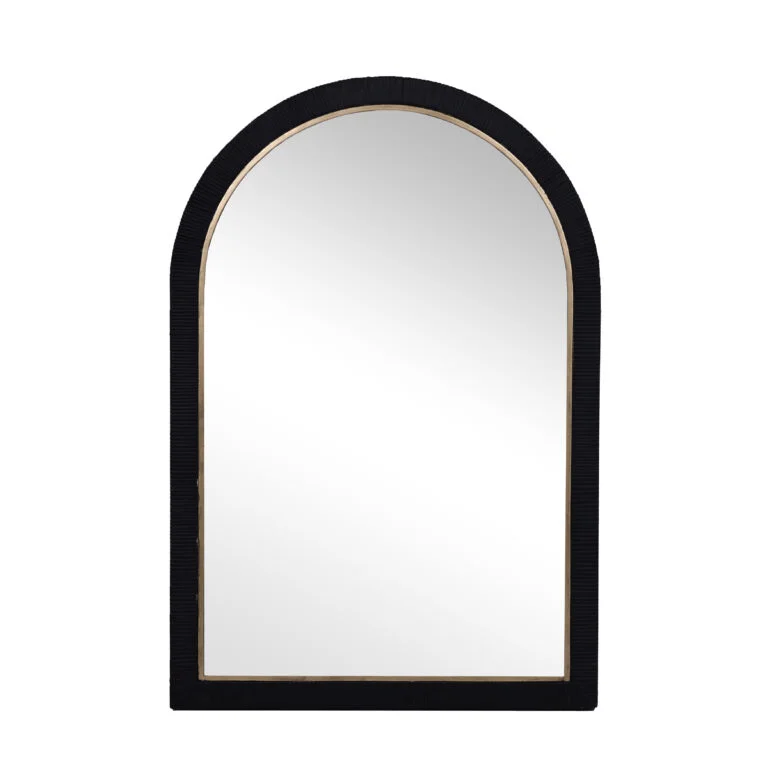
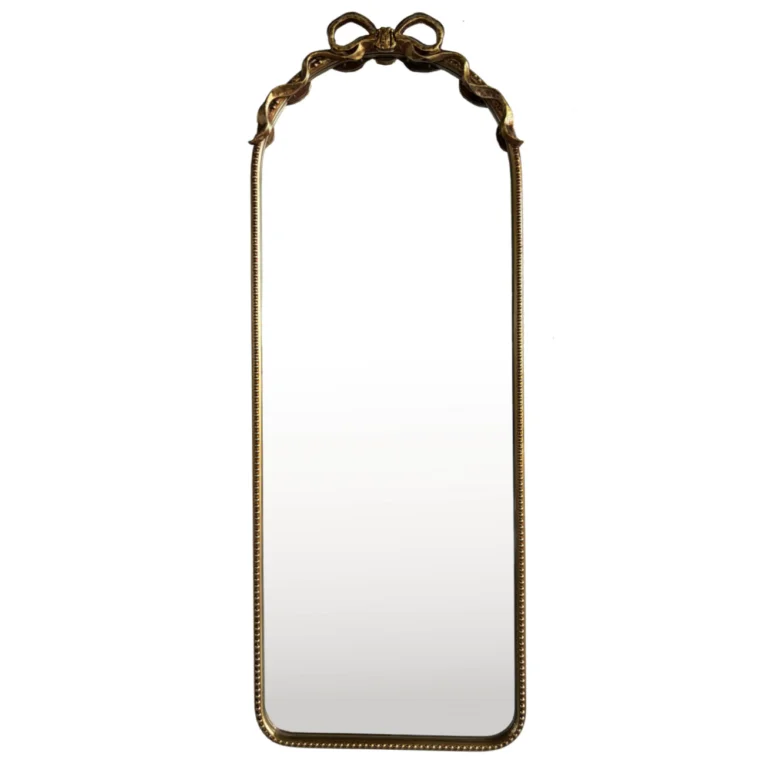



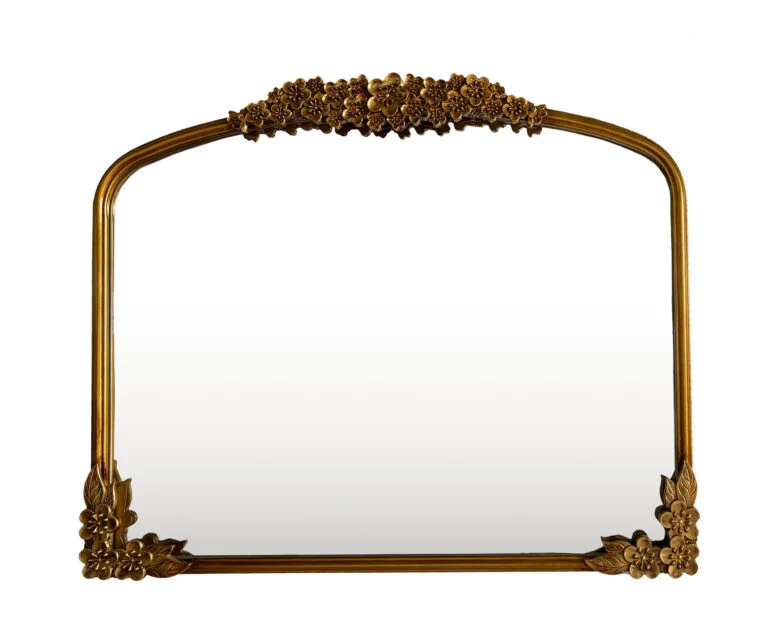
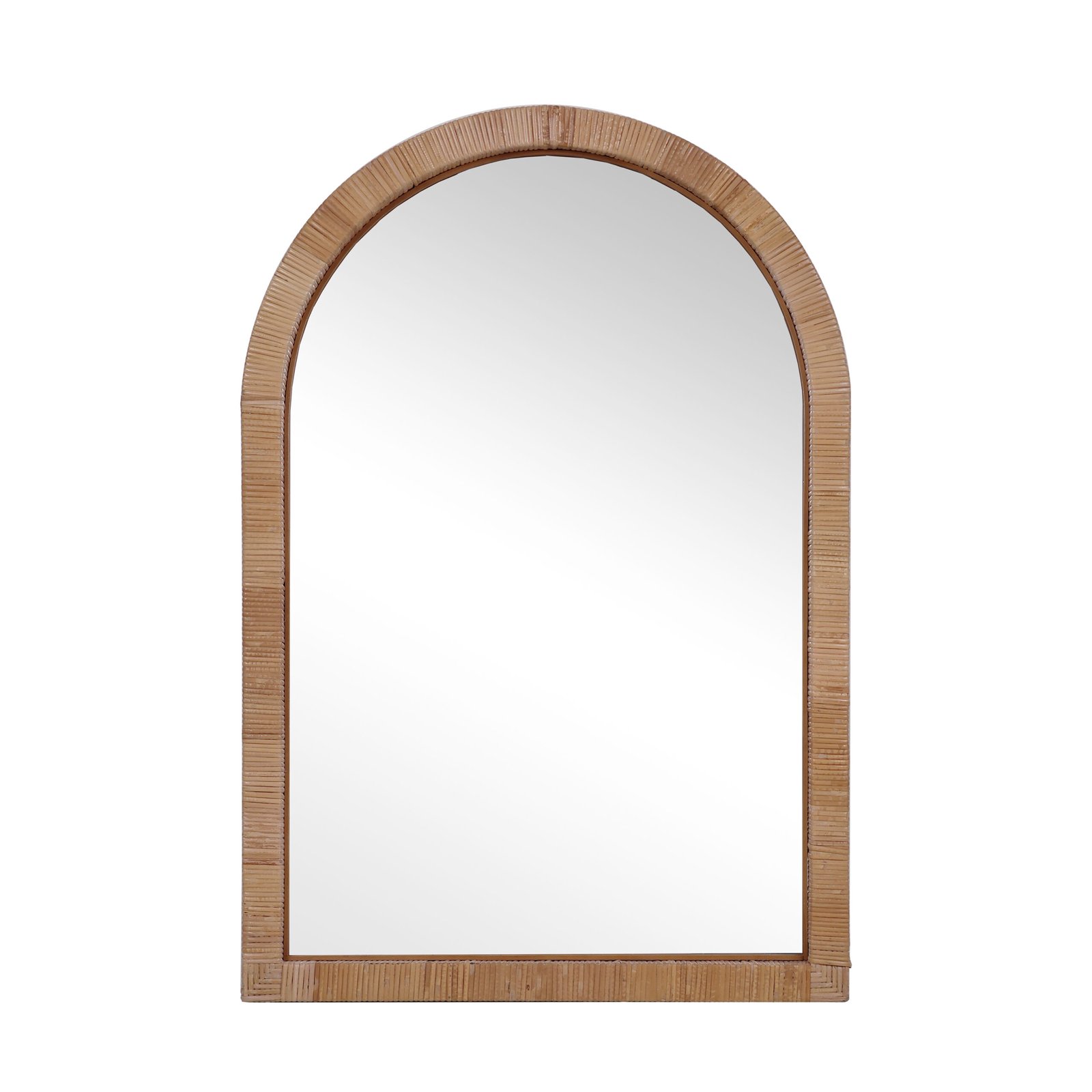
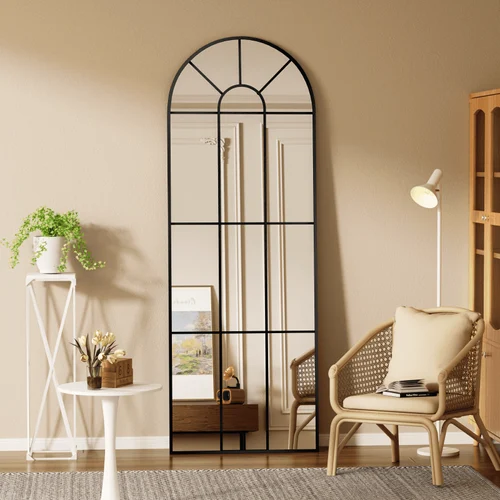
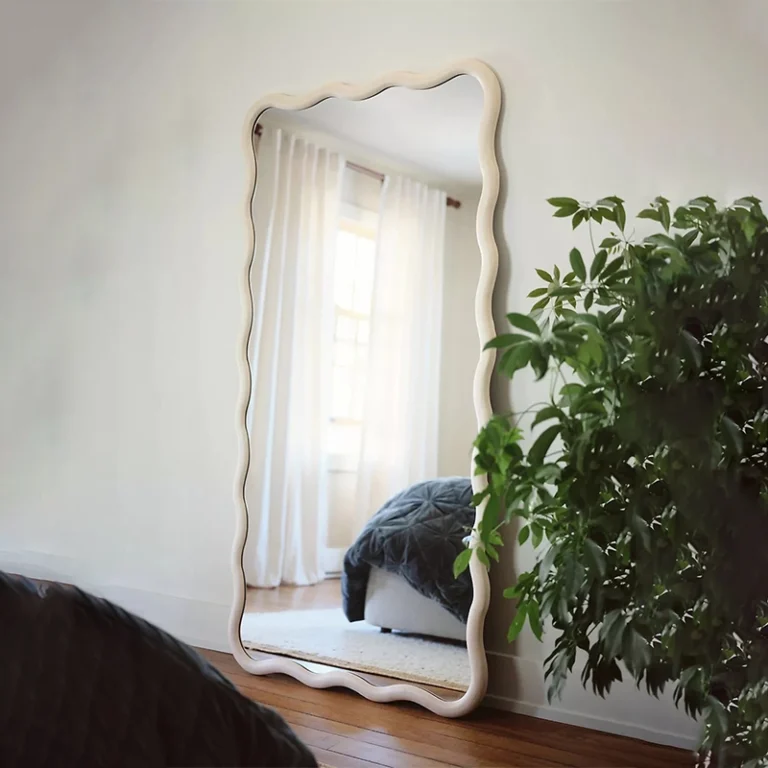
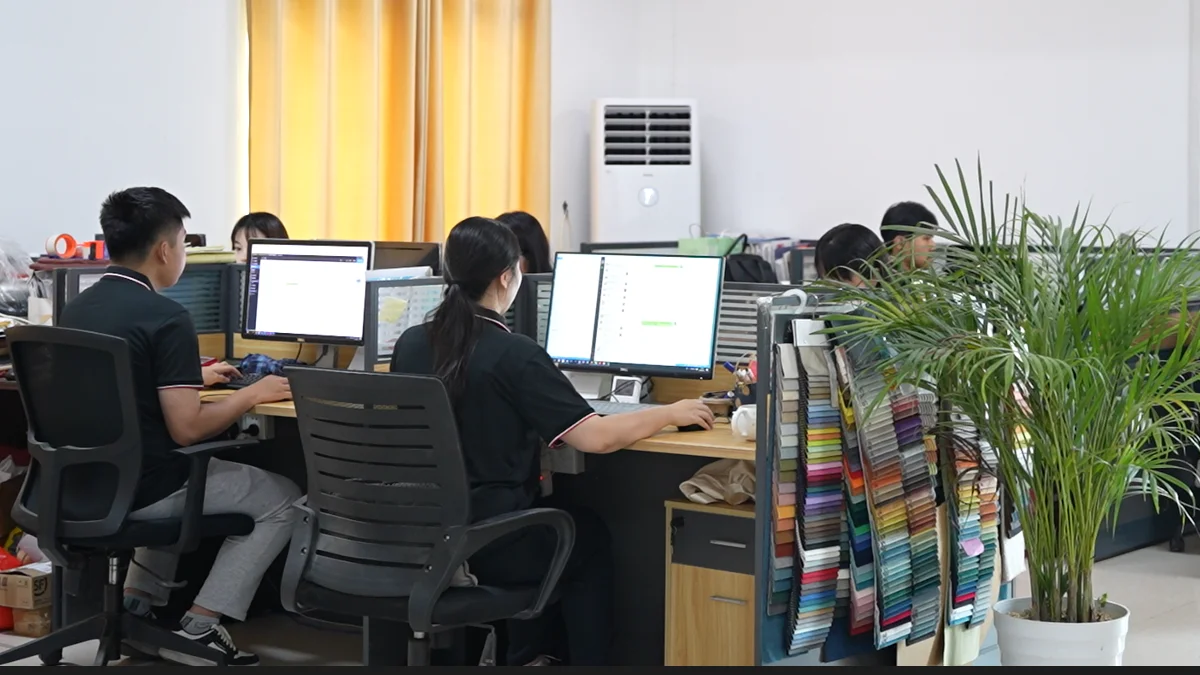
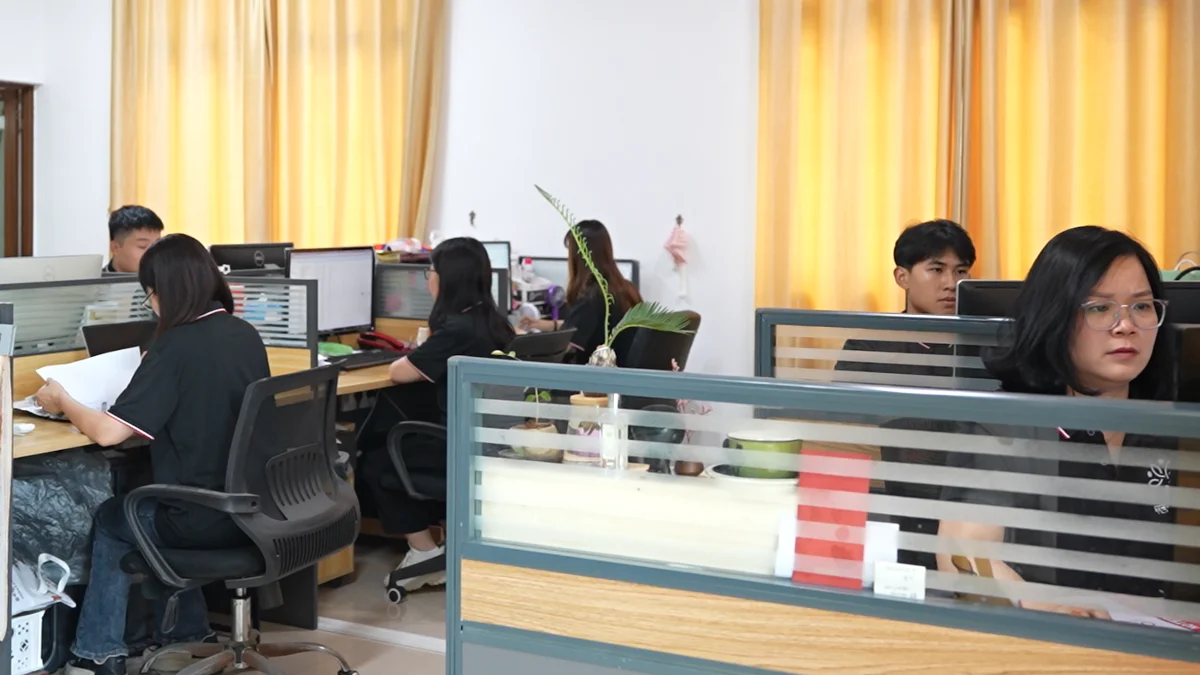

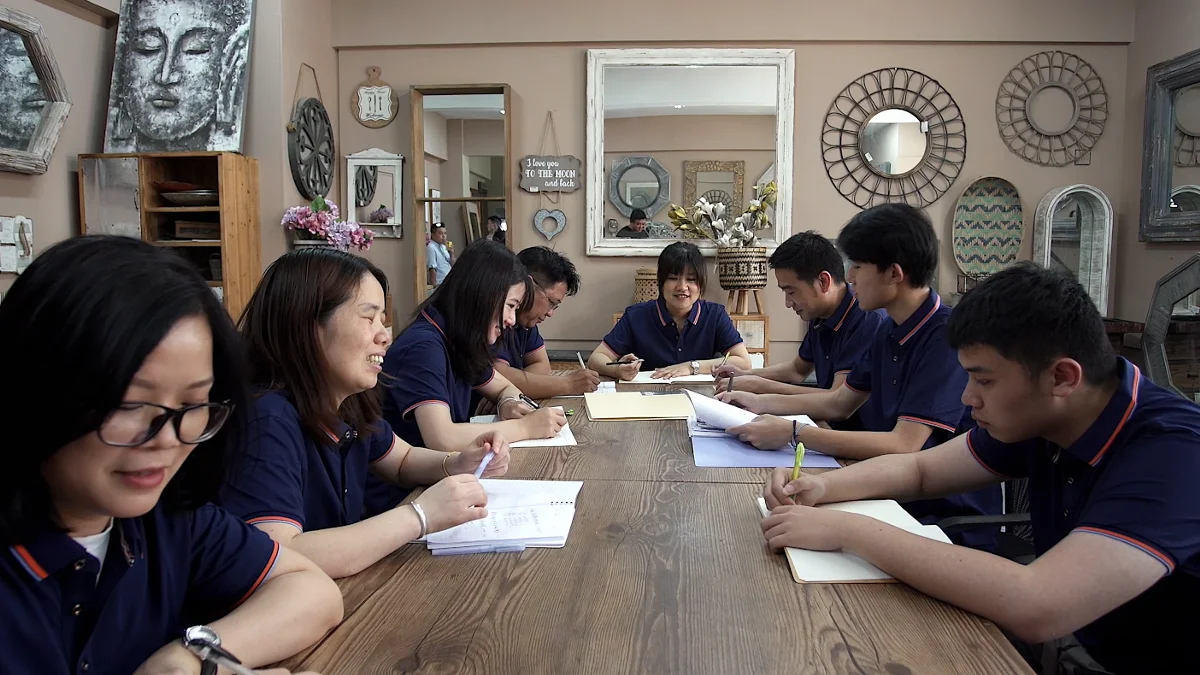

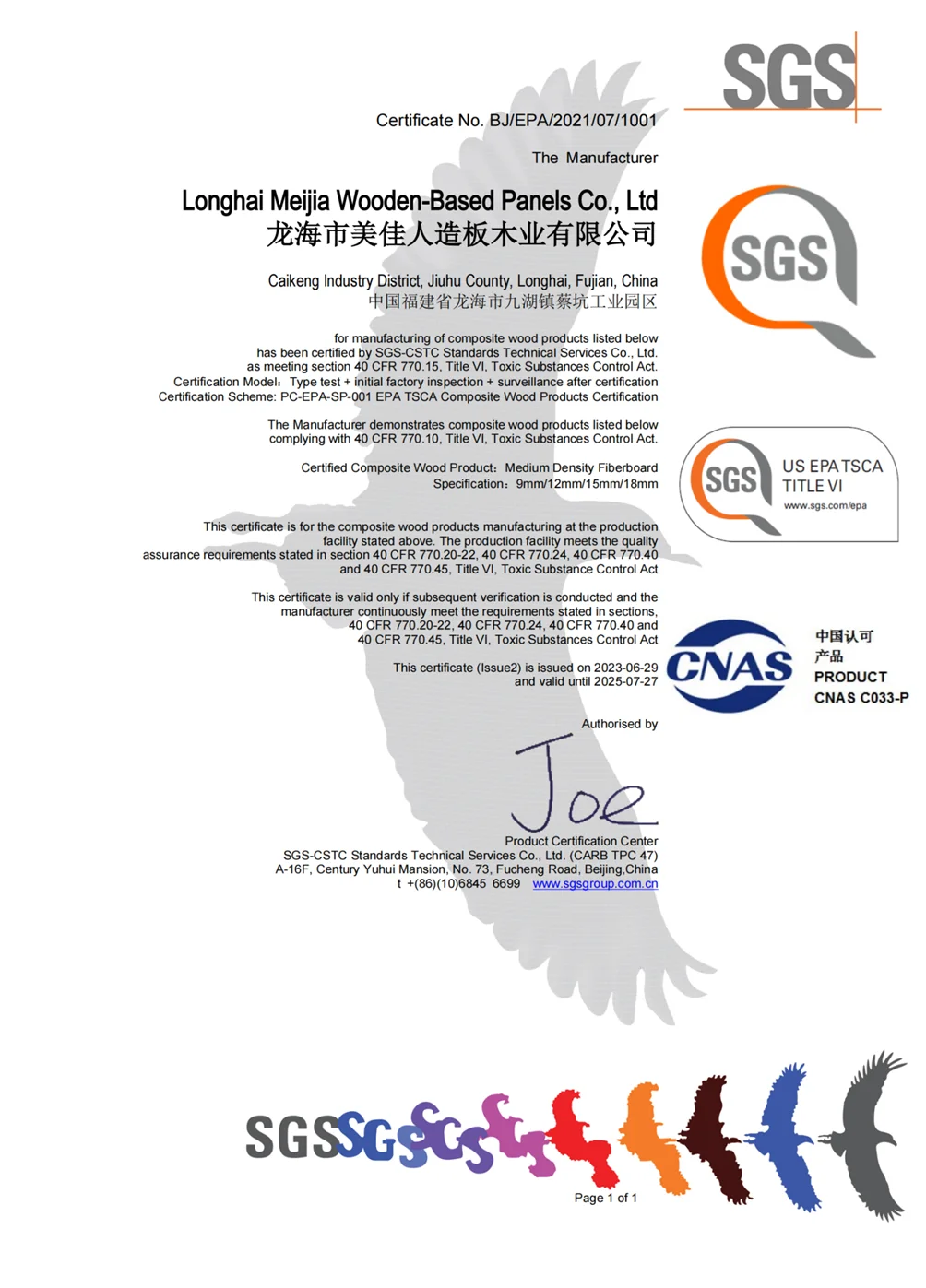

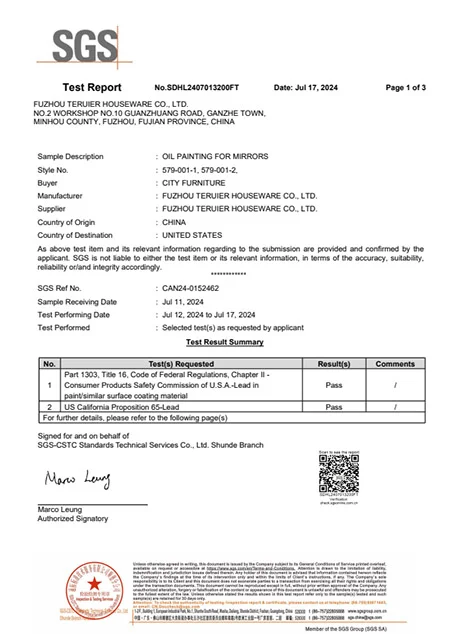

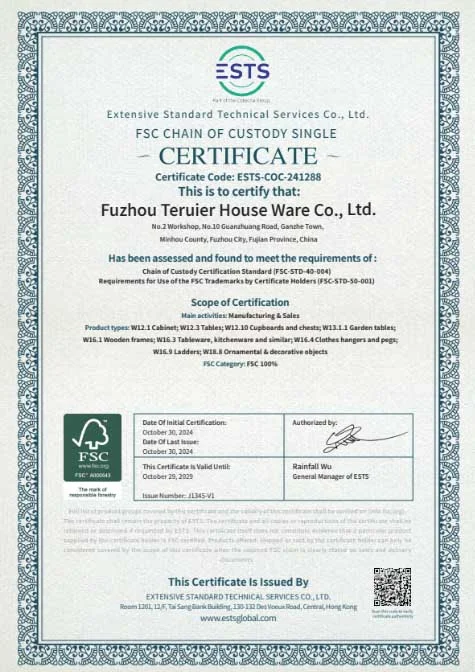
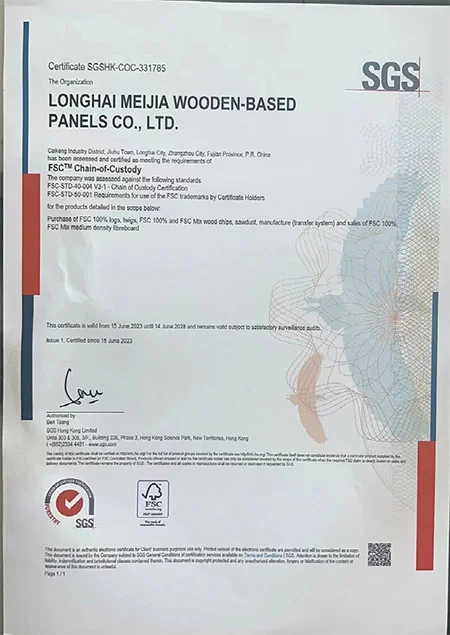
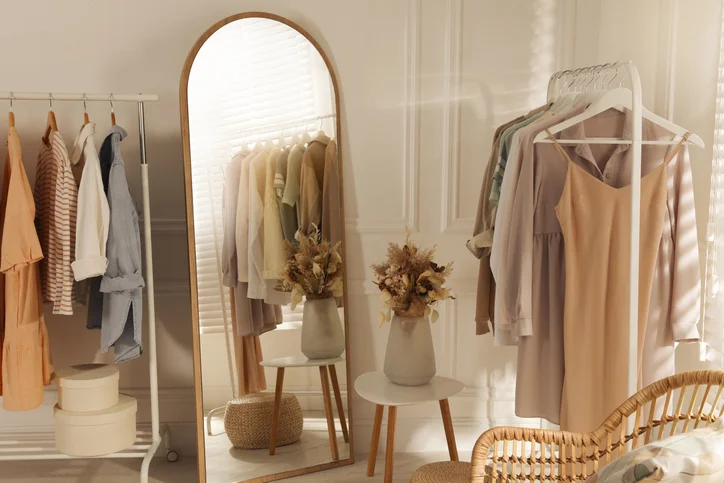
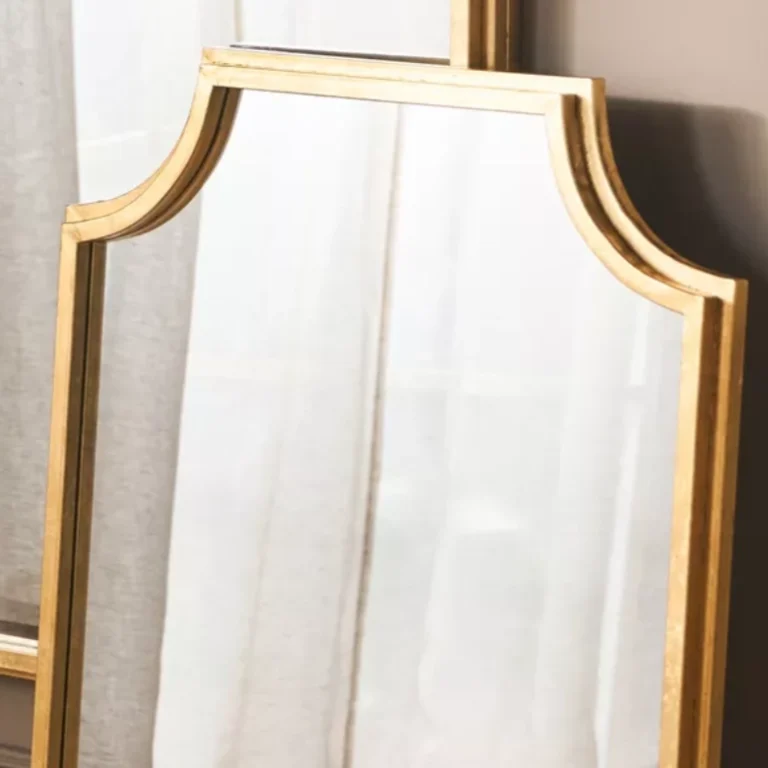
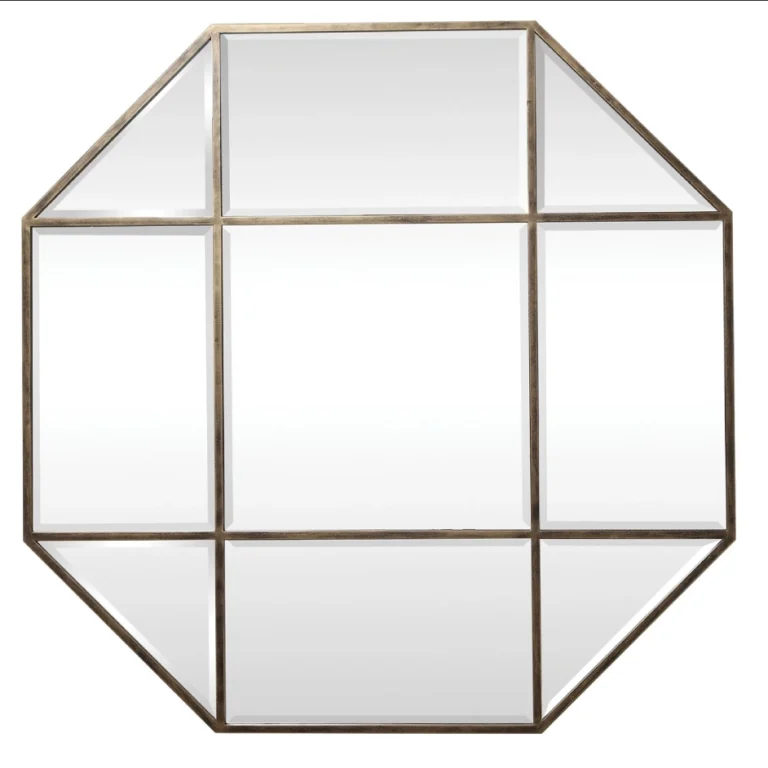
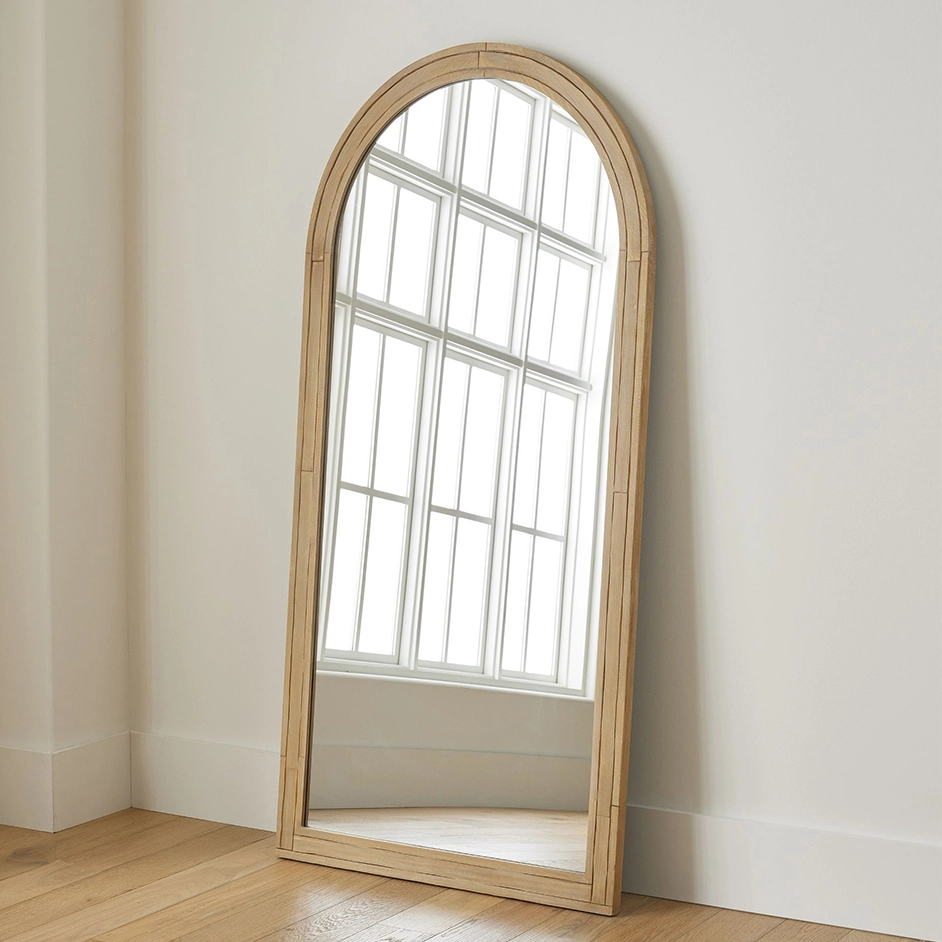
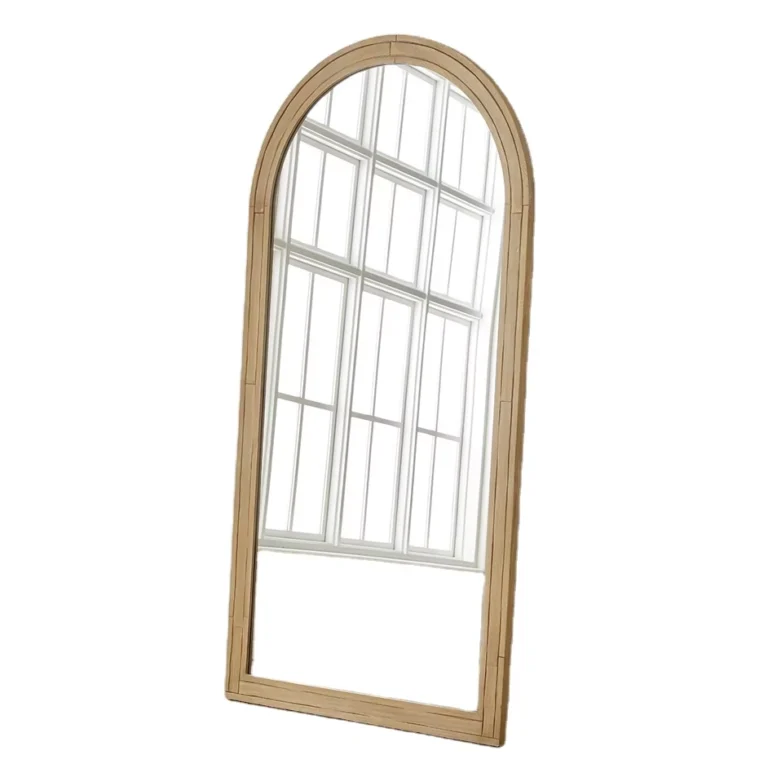
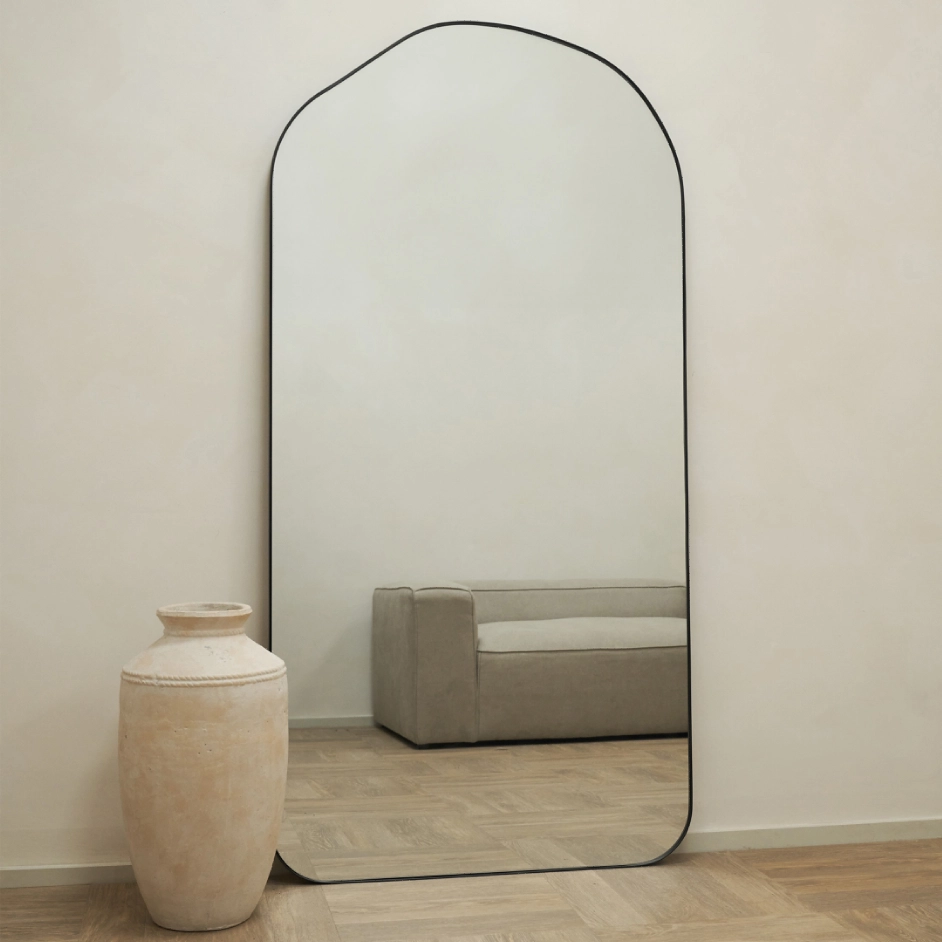
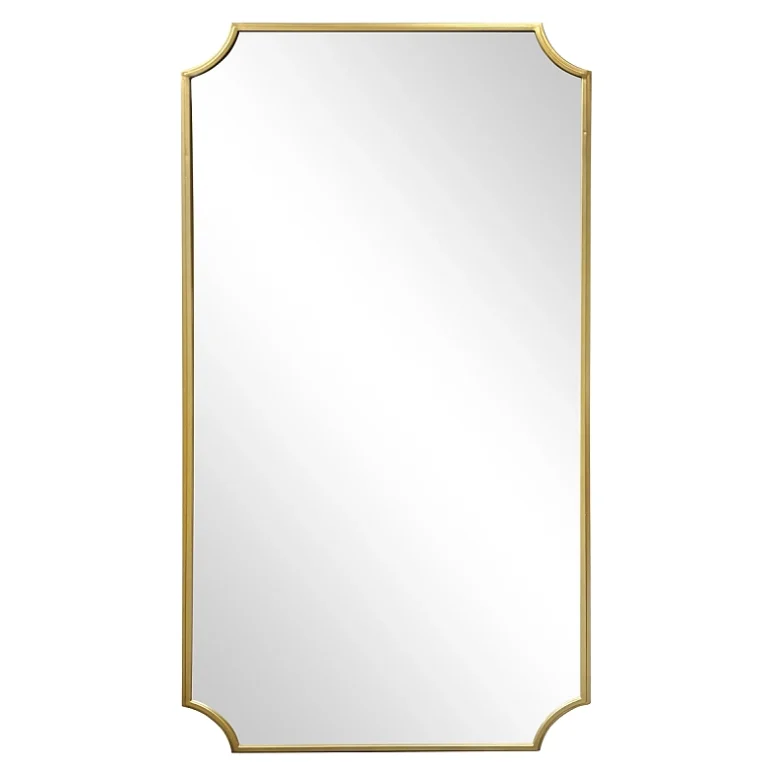
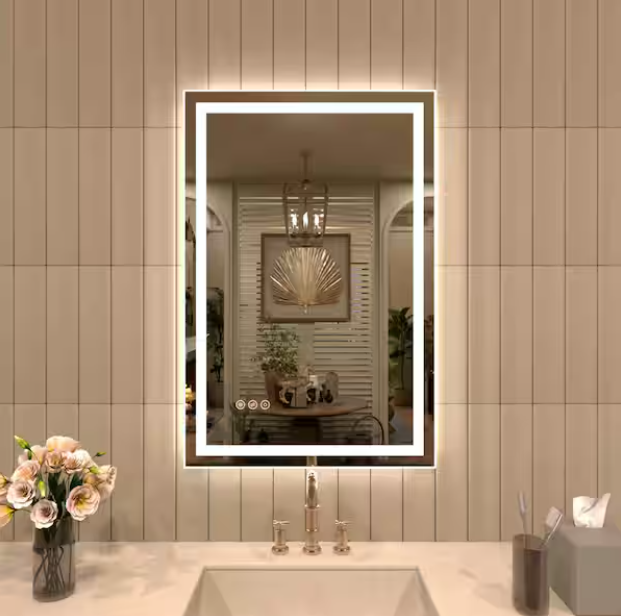

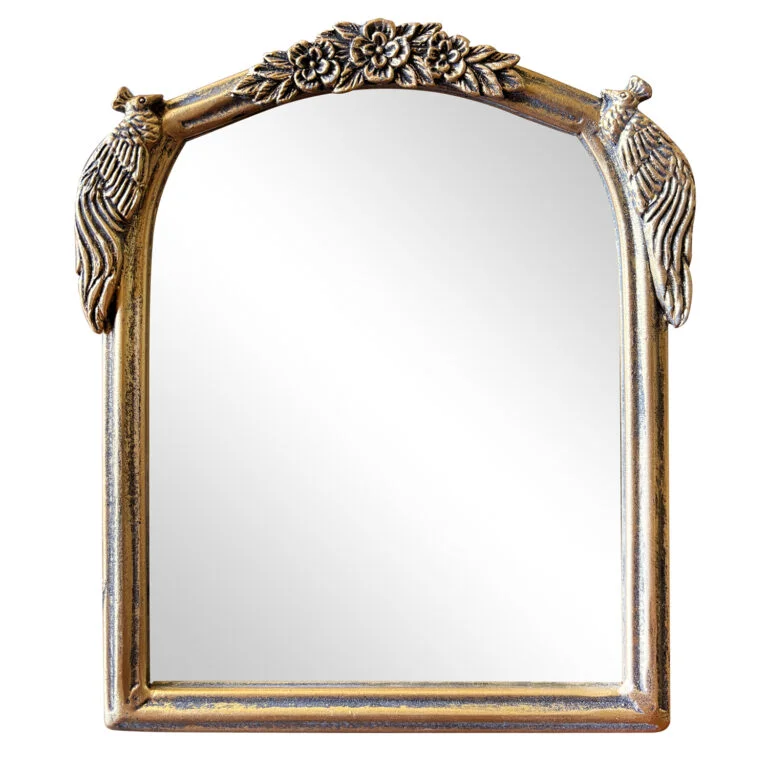
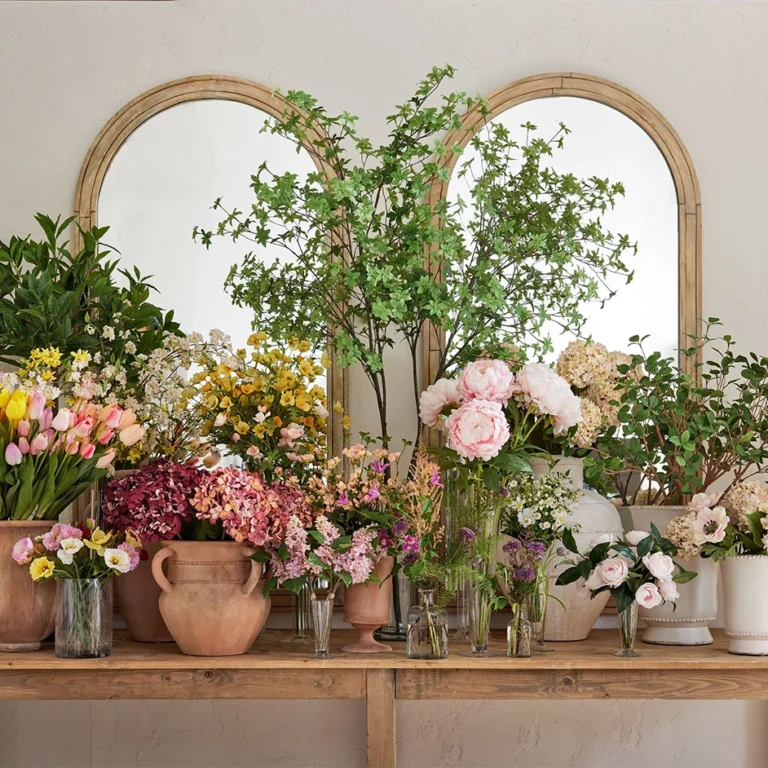
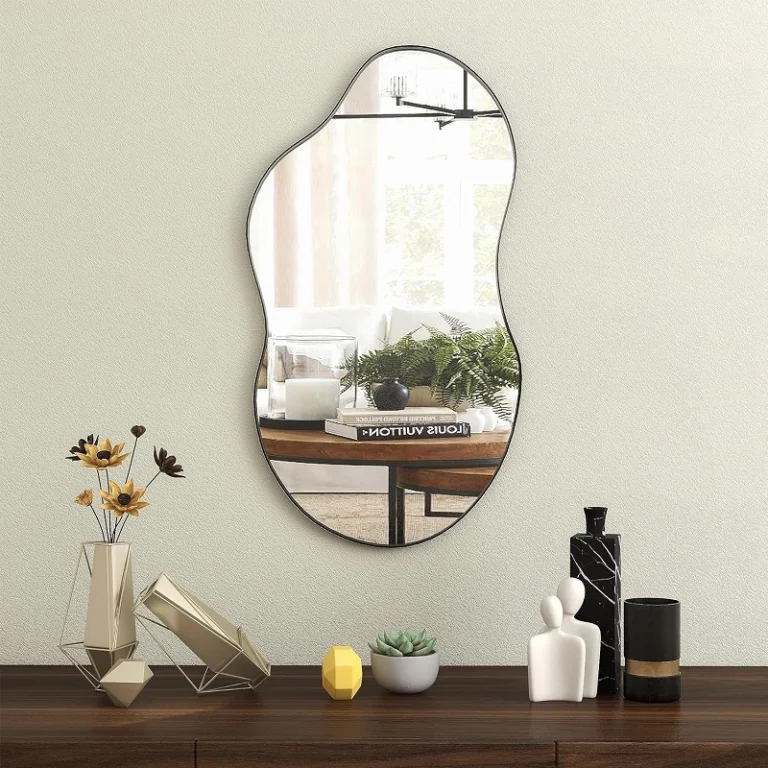
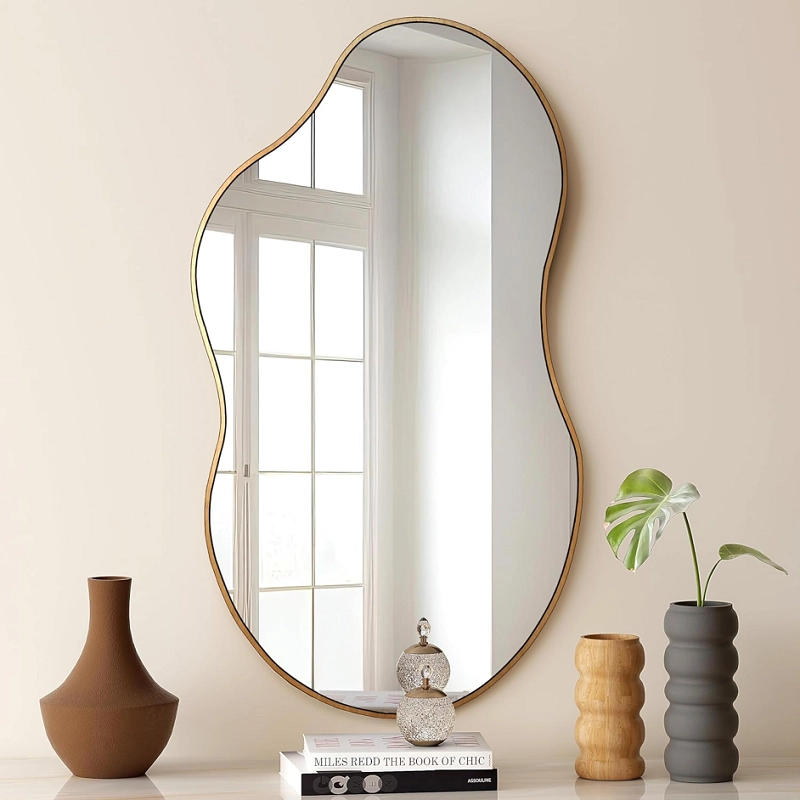
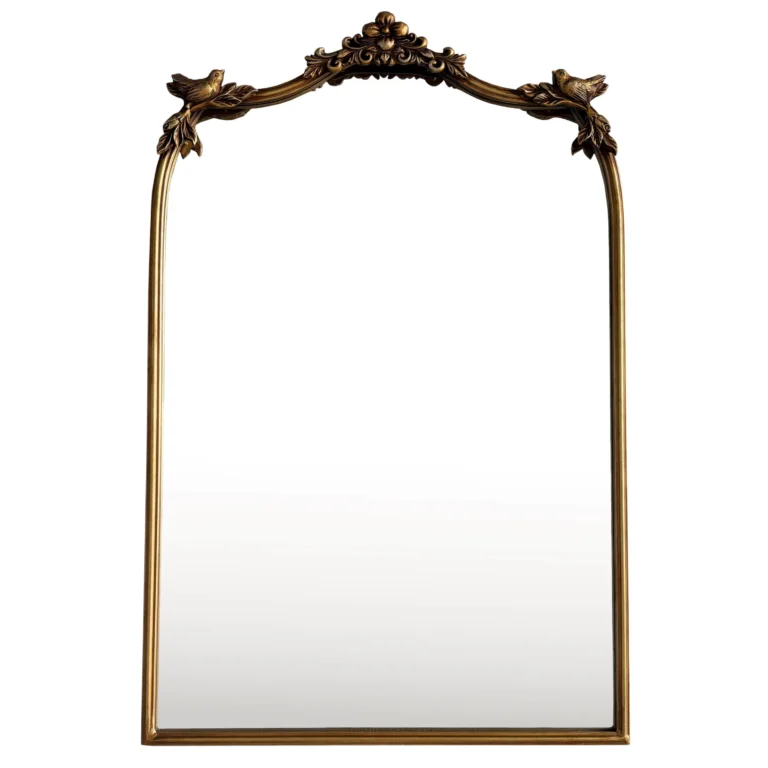
-scaled.jpg)
